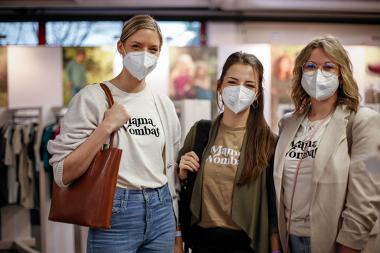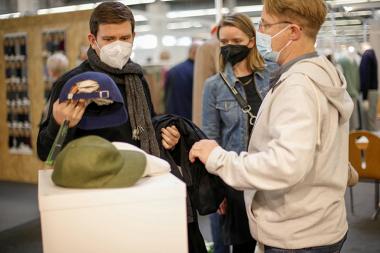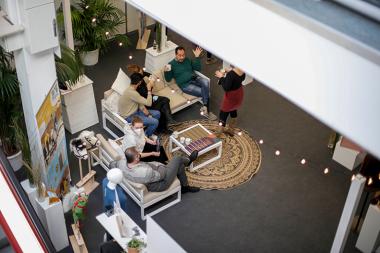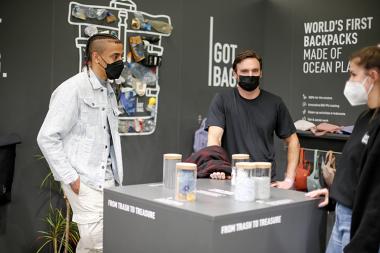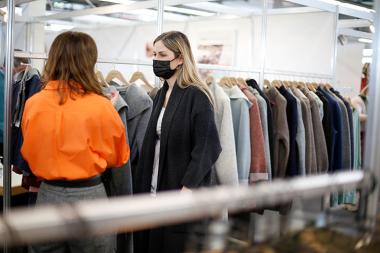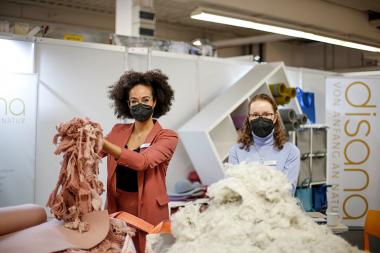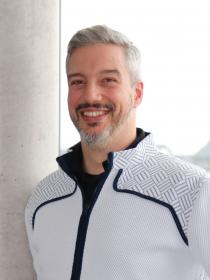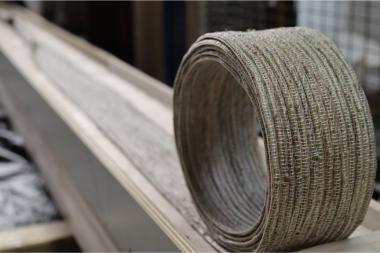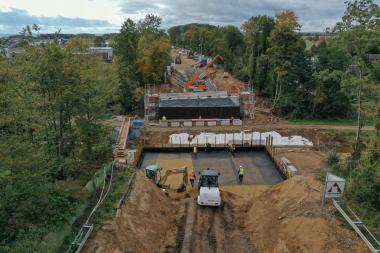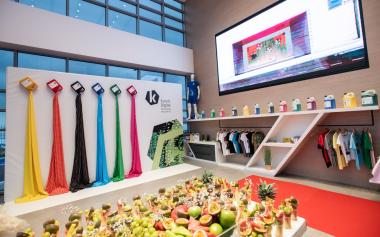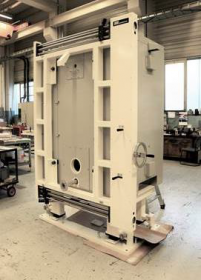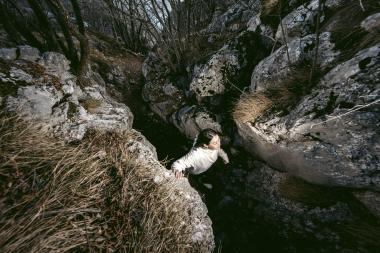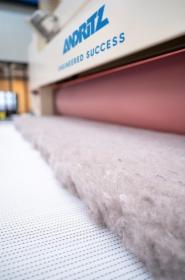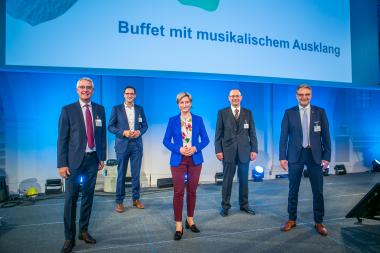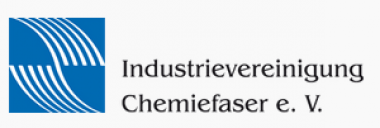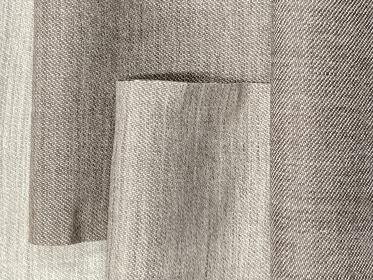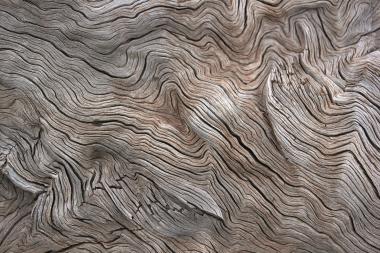Sicomin supports Dubai's Museum of the Future with fire-retardant epoxy solutions
Sicomin supported the build of Dubai’s Museum of the Future and supplied its bio-based intumescent gelcoat as well as fire-retardant laminating resins for the production of over 200 double curved panels making up the interior of the Museum’s entrance lobby.
The Museum of the Future, a new addition to Dubai’s skyline by architects Killa Design, engineers Buro Happold and contractor BAM International, opened last week on 22nd February 2022 and features a large percentage of composite materials in the interior construction.
Advanced Fiberglass Industries (AFI) manufactured 230 double curved interior panels, a double-helix DNA structure staircase that scales the full seven levels of the museum and 228 GRP oval shaped light structures for the museums car parking area.
Adaptable mould technology from Danish company Adapa, was introduced by Advanced Fiberglass Industries, Dubai (AFI) to ensure that the interior panels could be delivered in line with the project schedule. As well as allowing each panel shape to be rapidly configured without the machining of traditional moulds, the adaptive mould technology massively reduced waste generated in the moulding process, contributing to the building’s low carbon LEED platinum credentials.
With a challenging structural and fire safety specification defined, Sicomin’s bio-based SGi128 intumescent gelcoat and SR1122 fire retardant laminating epoxy were chosen for the panels, an additional advantage being that in addition to high fire properties, SGi 128 is also formulated with over 30% carbon from renewable sources, reducing the final carbon footprint significantly.
Sicomin worked alongside the panel manufacturer, providing technical support for the fire test panels and the initial Adapa moulding trials.
Sicomin / 100% Marketing





